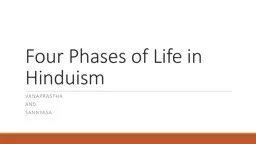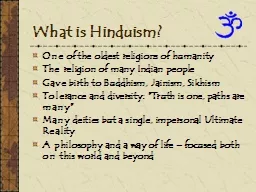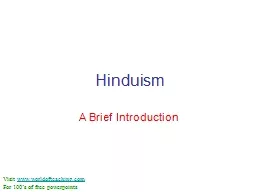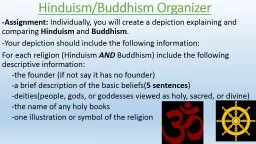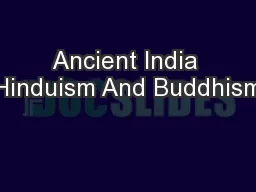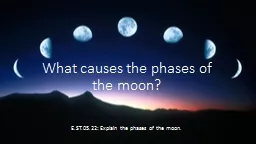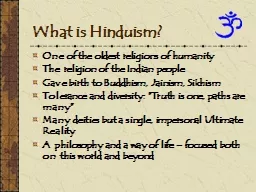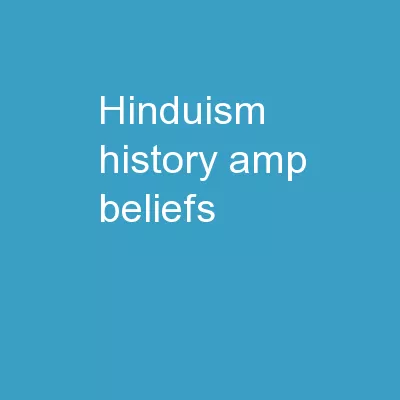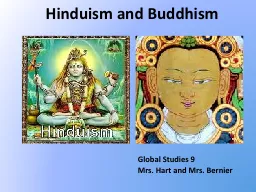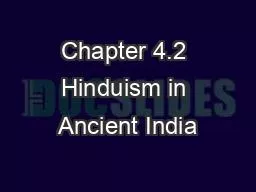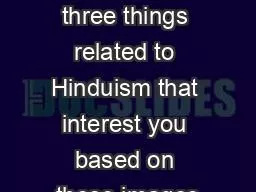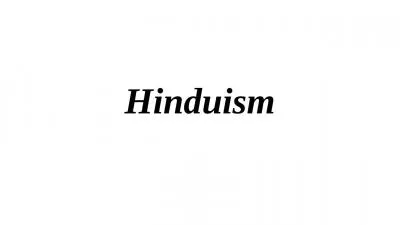PPT-Four Phases of Life in Hinduism
Author : liane-varnes | Published Date : 2018-10-30
Vanaprastha And Sannyasa Four Goals of Life Complements with the four stages of life Dharma Artha Kama Moksha Link with the Samskara system This is the framework
Presentation Embed Code
Download Presentation
Download Presentation The PPT/PDF document "Four Phases of Life in Hinduism" is the property of its rightful owner. Permission is granted to download and print the materials on this website for personal, non-commercial use only, and to display it on your personal computer provided you do not modify the materials and that you retain all copyright notices contained in the materials. By downloading content from our website, you accept the terms of this agreement.
Four Phases of Life in Hinduism: Transcript
Download Rules Of Document
"Four Phases of Life in Hinduism"The content belongs to its owner. You may download and print it for personal use, without modification, and keep all copyright notices. By downloading, you agree to these terms.
Related Documents

